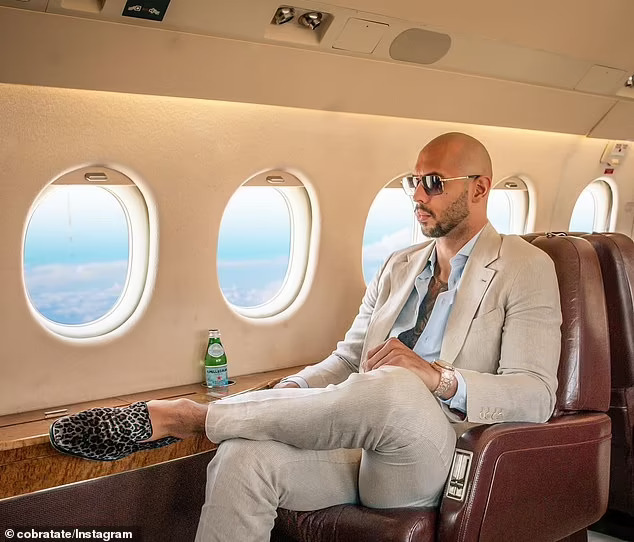
Palace of Peoples' Friendship, Uzbekistan's largest cinema and concert hall in Tashkent / Courtesy of Karel Balas
By Insun Woo
The deep cultural connection between Korea and Uzbekistan is well-known to Koreans. The ties between the two nations span vast histories. From ancient Silk Road exchanges — evident in a mural at the Afrasiab palace in Samarkand, which depicts two Korean envoys in traditional Goguryeo attire — to the early 20th century, when Uzbekistan welcomed a large population of Koreans who had been forcibly relocated to Central Asia by the Soviet government. Known as Koryo Saram, this community has since become an integral part of Uzbek society.
Today, these historical ties are being revitalized through cultural collaborations. The new year began with the announcement of a special exhibition to be organized by the Diplomacy Journal and the Embassy of Uzbekistan in Korea to celebrate the 33rd anniversary of diplomatic relations between Korea and Uzbekistan.
Between March 5 to 11, the 52nd International Cultural Exchange Exhibition will bring together 70 Korean artists with 70 pieces of art from Uzbekistan on the second floor of the Korea Gallery in Insa-dong, Seoul. The featured works will range from paintings, sculptures and crafts inviting a comparative look into the rich art practices of both countries.
From Uzbekistan’s standpoint, the exhibition is another compelling reflection of its recent cultural renaissance, rooted in President Shavkat Mirziyoyev’s broader vision of diversifying the country’s economy through significant investments in the arts and culture sector. The Creative Economy Bill, passed on Sept. 30, 2024, exemplifies this commitment, offering infrastructure support such as Creative Parks, which will enable organizations and entrepreneurs to benefit from sales support measures and staggered payment plans for VAT on exports.
While the term “creative economy” has receded from the national discourse in Korea following the change of administration in 2017, it has gained considerable traction across Asia, including Uzbekistan. Just days after passing the bill, the fourth World Conference on Creative Economy, an international platform for policymakers and industry stakeholders to explore opportunities and challenges in creative economies, was organized in Tashkent.

Central Exhibition Hall of the Academy of Arts in Tashkent, Uzbekistan / Courtesy of Karel Balas
At the heart of these efforts is the Uzbekistan Art and Culture Development Foundation (ACDF). Since its establishment in 2017, the ACDF has spearheaded numerous enterprises, such as the Uzbekistan Pavilion at the Venice Biennale and the restoration of Soviet modernist architecture in Tashkent, with the goal of promoting Uzbekistan’s traditional aesthetics and craftsmanship on the global stage.
The latest project is the Artist Residencies — programs that support artistic production by providing space, time and resources to artists — under the upcoming Centre for Contemporary Art (CCA) in Tashkent. The inaugural cohort of five artists will embark on their eight-week residency in February. Situated in the city’s historic Namuna and Khast Imom neighborhoods, the residency will allow artists to deeply engage with Tashkent’s vibrant art scene and urban culture.
“For each cohort, we will have at least one Uzbek national among the five selected artists. It will reinforce the cohesion between the group and their better understanding of the country they will explore for two months,” said Gayane Umerova, founder and executive director of the ACDF, in an email interview.

Traditional tapchan sofas by designer Nada Debs and an old mosque undergoing restoration for Namuna artist residency, hosted by the Centre for Contemporary Art in Tashkent, Uzbekistan / Courtesy of Centre for Contemporary Art in Tashkent

An apartment area for the Khast Imom artist residency, hosted by the Centre for Contemporary Art in Tashkent, Uzbekistan / Courtesy of Centre for Contemporary Art in Tashkent
Cross-cultural projects on horizon
Initiatives like the CCA Artist Residencies promise artistic exchanges that unfold over a longer time frame compared to exhibitions. These residencies can open up space to explore shared histories and cultural legacies between Korea and Uzbekistan, which in turn will generate new insights into both nations’ contemporary societies. Moreover, the residency program provides opportunities for Korean artists and craftsmen to collaborate with their Uzbek counterparts in investigating the intersection of contemporary art and crafts, as both Korea and Uzbekistan boast rich craft histories that continue to evolve today.
“South Korea is a nation with which Uzbekistan shares a rich cultural connection. Following my recent visit to Seoul, we are exploring ways to establish practice sharing,” Umerova said. “We aim to deepen the cultural relationship between our countries and create unique, cross-cultural projects that highlight our shared values and artistic aspirations.”
In the upcoming Bukhara Biennial — the first of its kind in Uzbekistan and yet another notable initiative by the ACDF — a young Uzbek Korean diaspora artist named Daria Kim will present a video work inspired by her research into the histories of the Korean diaspora in Uzbekistan through the Nuron Gallery’s collection of approximately 1,400 works by Korean Uzbek artists, as mentioned in an interview with the biennale’s artistic director Diana Campbell for Art SG.
The potential for collaborative work between the two countries is vast and through sustained efforts at both governmental and grassroots levels to cultivate greater artistic exchange, both Korea and Uzbekistan will write a new chapter in their storied relationship — one that promises to enrich both nations and the wider world.
Insun Woo is an independent art writer and researcher based between Seoul and Dubai, with a focus on contemporary art practices and institutions born in East and West Asia. She can be reached at [email protected].

















 English (United States) ·
English (United States) ·